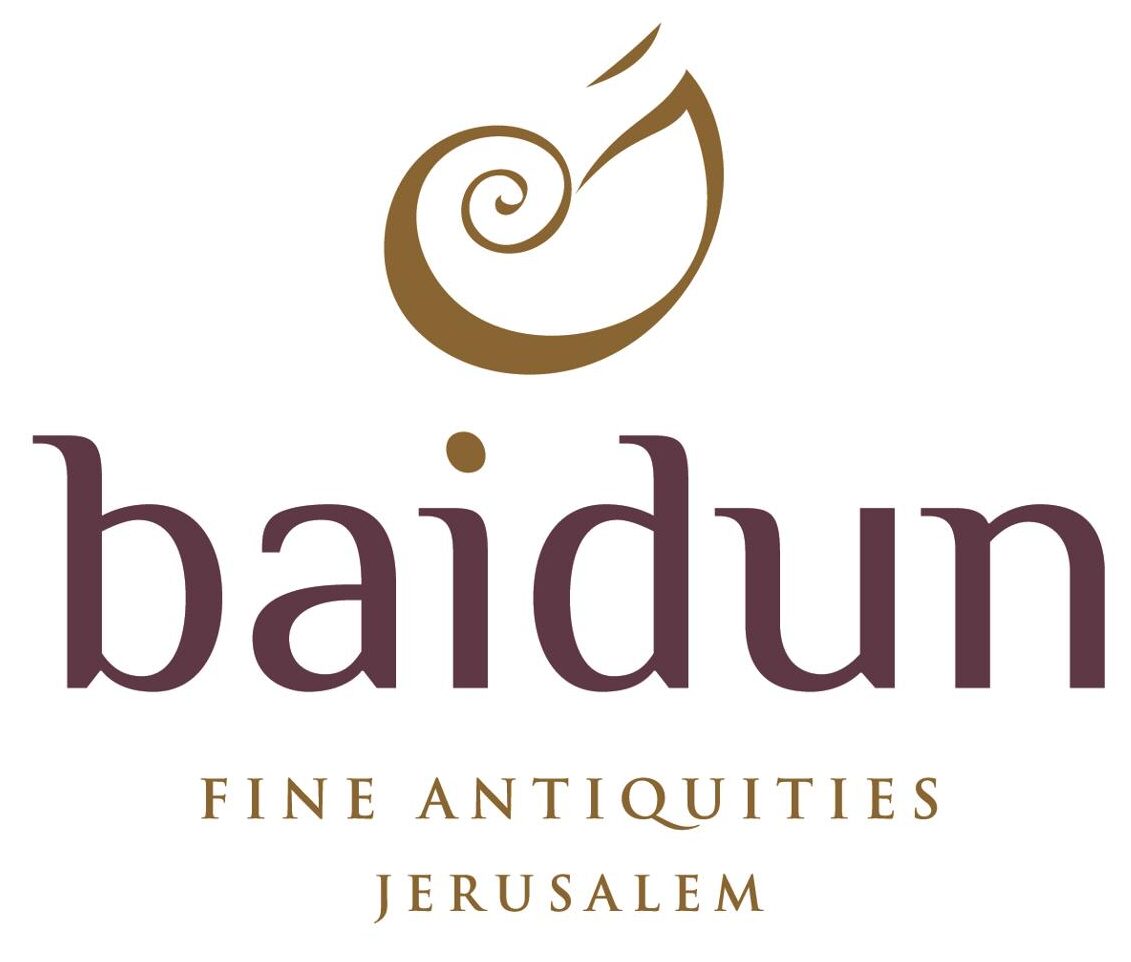Minerals in Ancient Civilizations
Did you know that crystals and gemstones have been highly valued for several thousand years? They have been used in the construction of buildings, statues, as well as in watches; in addition minerals have been used for healing, meditation, and for spiritual practice in many tribal  cultures. It was common to use minerals in ancient civilizations for the creation of makeup and pigment, and was often used in the creation of talismans, amulets, jewelry, armor, as well as art. For example, a belt was excavated from a tomb in India that dated back to 3000 B.C.E, and the belt was adorned with carnelian, agate, jade, lapis lazuli, jasper, in addition to other gorgeous stones. Overall minerals such as these have been valued, traded, and used for personal adornment as early as the Upper Paleolithic period, which dates back between 50,000 and 10,000 years ago! Interesting right? Even more fascinating is that there are many instances of gemstones meaning similar things to different cultures, even when there wasn’t any interaction between the cultures. For example, jade was considered to be a healing stone by the ancient Chinese, as well as by the Aztec and Mayan civilizations; turquoise has been used across all cultures to bring those who adorn the mineral, strength, calmness and good health. Want to learn more? Listed below are some more of the ways that ancient civilizations utilized minerals:
cultures. It was common to use minerals in ancient civilizations for the creation of makeup and pigment, and was often used in the creation of talismans, amulets, jewelry, armor, as well as art. For example, a belt was excavated from a tomb in India that dated back to 3000 B.C.E, and the belt was adorned with carnelian, agate, jade, lapis lazuli, jasper, in addition to other gorgeous stones. Overall minerals such as these have been valued, traded, and used for personal adornment as early as the Upper Paleolithic period, which dates back between 50,000 and 10,000 years ago! Interesting right? Even more fascinating is that there are many instances of gemstones meaning similar things to different cultures, even when there wasn’t any interaction between the cultures. For example, jade was considered to be a healing stone by the ancient Chinese, as well as by the Aztec and Mayan civilizations; turquoise has been used across all cultures to bring those who adorn the mineral, strength, calmness and good health. Want to learn more? Listed below are some more of the ways that ancient civilizations utilized minerals:
- The Mayans had a variety of useful minerals available beneath their feet; under the surface of the hilly, sometimes mountainous terrain that they inhabited. The discovery of stones and minerals such as flint, jade, obsidian, iron pyrite, cinnabar and hematite helped encourage the growth and improvement of mining techniques; this proved to be helpful as some minerals were used for dyes and colors in ceremonies, while other minerals were put to use in constructing tools as well as weapons.
- The Ancient Egyptians utilized minerals such as lapis lazuli, turquoise, carnelian, emerald, as well as clear quartz in their jewelry. Amulets, as well as grave amulets, were also made of minerals, but typically jasper was used; these amulets were carved by the Egyptians, and they would carve on them symbols and inscriptions taken from the Book of the Dead. These grave amulets were usually buried with the mummified remains for safe passage in the afterlife. The Ancient Egyptians would use minerals for health, healing, protection, in addition to using them cosmetically; minerals were often ground up and used as eye make-up and as paint. Minerals were also included in burials, as the famous golden death mask of King Tutankhamen encompasses minerals such as calcite, obsidian, carnelian, lapis lazuli, amazonite, and malachite.
- The Ancient Greeks attributed a number of properties to crystals, and many names we use today for minerals originated from the Ancient Greeks. According to the Greeks, ‘Crystal’ came from the Greek word for ice, while the word amethyst means ‘not drunken’ , and due to this amethyst was often worn as an amulet to prevent both drunkenness and hangovers. Hematite was also popular with Greek soldiers, as they would rub hematite all over their bodies before battle, or would wear hematite in an amulet; other minerals were also utilized in battle for protection. Amulets were also popular with Greek sailors, as they typically wore a variety of amulets to help keep them safe while they were at sea.
- Out of all of the minerals, jade was probably the most highly valued in ancient China. Jade was utilized in the production of musical instruments, as jade was often used in the creation of chimes. Also, Chinese emperors were frequently buried in jade armor, along with jade skulls that were also typically used in burial. The Chinese too would use minerals cosmetically and often used minerals in the creation of their tools, as the Chinese would coat their Bronze Age tools in chromium. Amazingly enough artifact weapons are being found from that era and they don’t have any corrosion!
-DMS




